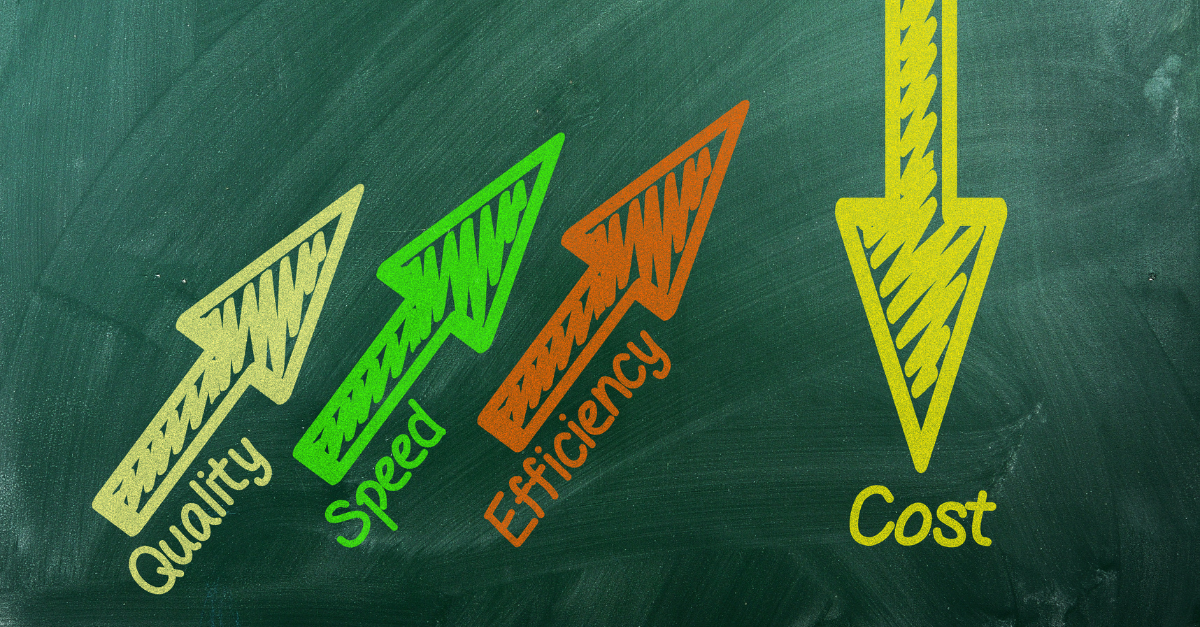Introduction
Businesses are increasingly turning to platforms like Google Cloud Platform (GCP) to harness the power of scalable and flexible infrastructure. While the benefits are undeniable, managing costs in the cloud can be a challenge. In this blog post, we’ll explore some practical tips for GCP cost optimization, helping you make the most of your cloud resources without breaking the bank.
Understanding GCP Pricing
Before diving into cost-saving strategies, it’s crucial to have a solid understanding of how GCP pricing works. GCP employs a pay-as-you-go model, meaning you only pay for the resources you consume. Familiarize yourself with GCP’s pricing documentation to gain insights into the cost structure, including compute, storage, and network charges.
Rightsize Your Resources
One of the most effective ways to optimize costs is rightsizing your resources. This involves selecting the appropriate instance types and sizes for your workloads. GCP provides a variety of virtual machine (VM) types, each with different performance characteristics and costs. Periodically review your resource usage and adjust your configurations accordingly to avoid overprovisioning.
Utilize Sustained Use Discounts
GCP offers sustained use discounts for VM instances that run continuously in a month. As your instances run for more than 25% of the month, you automatically receive a discount. This is a simple way to save costs on long-running workloads without the need for complex negotiations or commitments.
Take Advantage of Committed Use Discounts:
For predictable workloads, consider leveraging committed use discounts. By committing to a specific amount of compute power usage for a 1 or 3-year term, you can enjoy significant cost savings compared to on-demand pricing. This is a great option for workloads with stable resource requirements.
Monitor and Analyze Your Costs
GCP provides robust monitoring and cost management tools. Take advantage of services like Cloud Monitoring and Cloud Logging to keep a close eye on your resource usage. Set up budgets and alerts to receive notifications when costs approach predefined thresholds, enabling proactive cost management.
Implement Resource Scheduling
For non-production environments or workloads with variable usage patterns, consider implementing resource scheduling. This involves automatically starting and stopping instances based on a predetermined schedule. By only running resources when needed, you can significantly reduce costs without sacrificing performance.
Explore Auto Scaling
Auto Scaling allows your application to dynamically adjust the number of compute instances based on demand. This ensures that you have enough resources to handle varying workloads efficiently. By automatically scaling up during peak times and down during periods of lower demand, you optimize costs while maintaining performance.
Optimize Storage Costs
Carefully manage your storage resources to avoid unnecessary costs. Regularly review and delete obsolete data, and consider using cheaper storage classes for data that doesn’t require frequent access. GCP offers options like Nearline and Coldline storage, which are more cost-effective for archival data.
Conclusion
Managing costs is a crucial aspect of ensuring a sustainable and efficient operation. By implementing these GCP cost optimization strategies, you can strike a balance between performance and affordability. Regularly review your usage patterns, stay informed about new cost-saving features, and continuously optimize your resources to make the most of your investment in the cloud.


